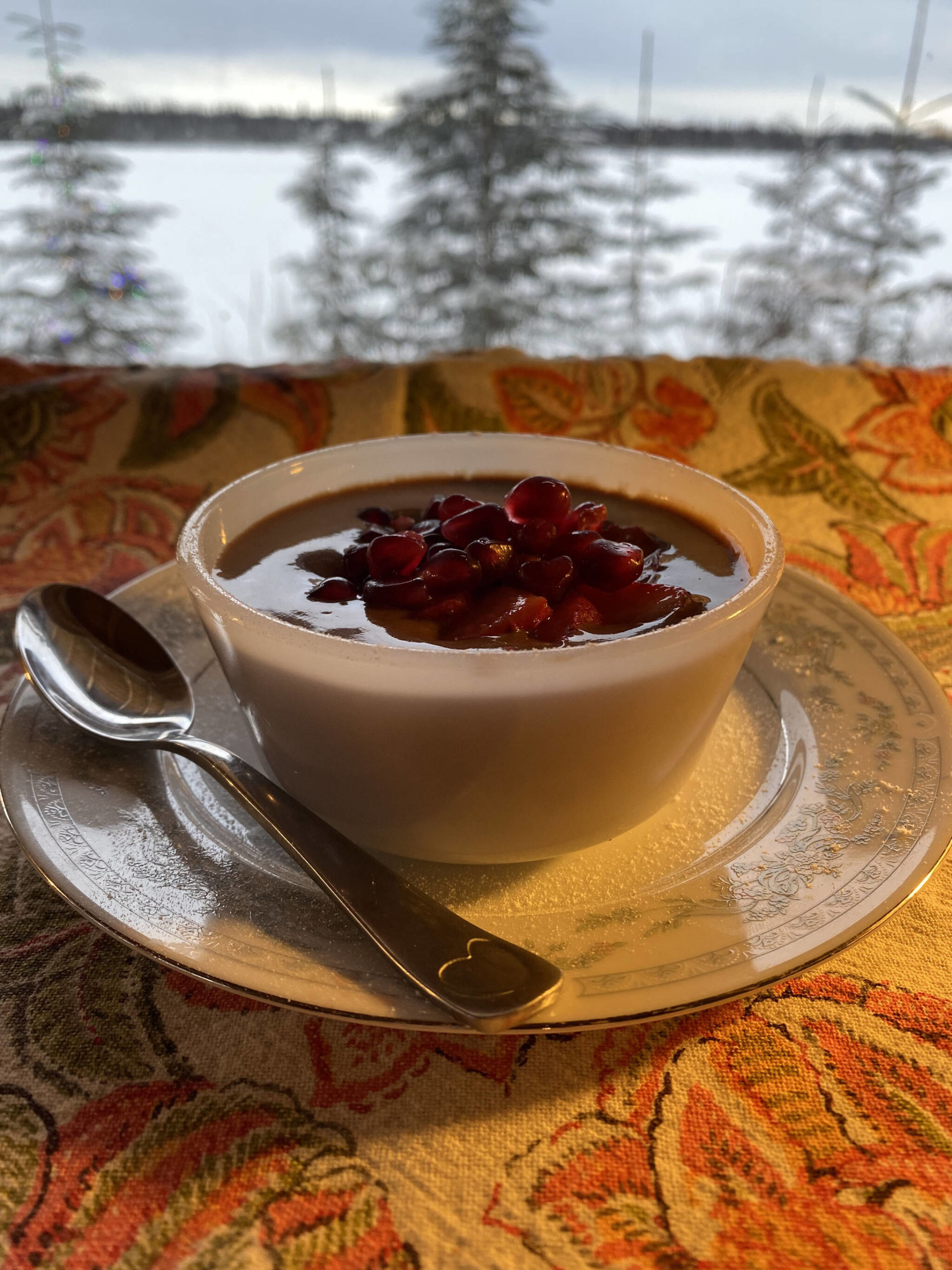My husband calls this year’s Thanksgiving Day ‘the red wedding’ because by the end of the night it became clear that our festivities had been infiltrated by a violent, sneaky enemy with nefarious intent … a terrible stomach bug.
By the end of the night, four of us were down with it, and the rest followed in the days after. For days we could stomach very little except those dairy-free dinner rolls (thank goodness I made so many), which means that now, after all the traveling family has departed, we are absolutely inundated with food that needs to be eaten before it’s wasted.
Our poor stomachs, however, are still not quite up to the task, so I have the challenge of transforming these leftovers and ingredients into foods that we can stomach now, or that can be frozen and eaten later.
Mashed potatoes turn into perogies to be frozen, and fresh onions, garlic, mushrooms and peppers turn into a pot of vegetarian spaghetti sauce to be canned.
The difficult ingredient that doesn’t transform for storage well is the whole milk, and we have gallons of it.
My son usually drinks about his body weight in milk every day but, having also come down with RSV (lucky me), his little appetite is severely lacking, so in the interest of getting some much-needed calories in him, I came up with a dish that will use up a lot of milk, and that even the sickest toddler would never refuse: chocolate pudding.
Ingredients:
4 cups whole or 2% milk (whole is best)
1 cup sugar
½ cup cocoa powder
4 egg yolks
1⁄3 cup cornstarch
pinch of salt
1 teaspoon vanilla extract
2 tablespoons butter
Directions:
Set milk over low heat in a heavy-bottomed saucepan.
Whisk together sugar, cocoa powder, egg yolks, cornstarch and salt until thoroughly combined into a paste.
When the milk is just steaming, take it off the heat and add to your egg mixture a splash at a time, whisking until completely combined before adding another splash. This process is called “tempering” and will help the eggs come up to a safely cooked temperature without curdling. When half of the milk has been added, pour the rest into the egg mixture, whisk to combine, and return to the stove on medium heat.
Cook, gently but continuously whisking, until the pudding begins to thicken. Then turn off the heat and continue whisking for 3 minutes, somewhat more vigorously now, to prevent the pudding from overcooking and producing an “eggy” flavor.
After the 3 minutes, add your vanilla extract and butter.
Strain through a fine-mesh strainer to remove any lumps, cover with plastic wrap, pressing the wrap all the way down onto the pudding (this prevents a skin) and move into the refrigerator to cool completely, at least 4 hours, before serving.
This recipe makes a very rich pudding, so enjoy in responsible portions: about ½ cup per adult, 1⁄3 cup for kids, ¼ cup for toddlers. Top with berries and pomegranate arils to add some fiber and vitamins. Simply leave out the cocoa powder and add another teaspoon of vanilla extract if you would like vanilla pudding instead.
Our uninvited guest left a wake of destruction behind it that would last for many days, but I believe we were triumphant in the end.
Now that it’s well behind us, I can see the humor in it, and we can laugh as we tell stories of the Thanksgiving when we all got sick.
Although the leftovers looked a little different this year, (I didn’t have a single day-after sandwich) I’m proud of myself for salvaging as much as I did.
The sweet potato gratin, however, had to be a casualty of the battle, because I cannot stand to even look at it. Maybe ever again.
Tressa Dale is a culinary and pastry school graduate and U.S. Navy veteran from Anchorage. She lives in Nikiski with her husband, 2-year-old son and two black cats.

